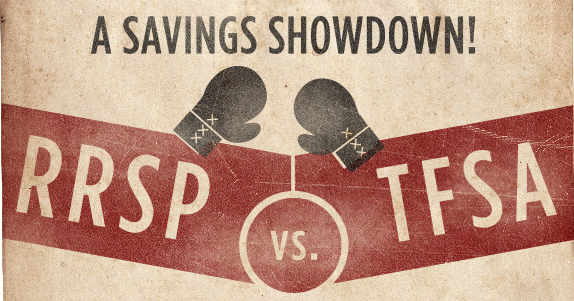TFSA's vs RRSP's← Back to Blog

As similar as the two accounts are, many people have been choosing to open TFSA's over the usually common RRSP Accounts. It is hard to choose which option would be a better option for you as the benefits in each account range between each individual. Factors including age, stage and income should play large rolls in the decision process. The money you contribute to your RRSP account can be claimed as an income tax deduction, meaning you could potentially receive a refund each year. Only 18% of your yearly income can be contributed to an RRSP account (to a maximim of $22,970). HOWEVER, in the future when you decide to cash out on your savings, it will be treated as earned income and you will have to pay income taxes on the sum. Beneficially, if cashed out during retirement, most people will be in a lower tax rate therefore being taxed less than someone cashing out at an earlier stage in life. In regards to TFSA's, you can invest up to $5,500 a year regardless of your income. Although you do not receive yearly tax deductions, you will also not be taxed in the future when you decide to take the money out of the account (in layman's terms, what you put in is what you get out). As an RRSP is guided towards Retirement savings, a TFSA can be used to save for anything such as a home, retirement, or even a new car. The downfall with a TFSA is the free reign on removing funds. Since there is no penalty, most people will begin saving for retirement but will take the funds out for other short term purchases or quick fixes out of debts. In the end, the investments inside each account are virtually identical. Each account has their ups and downs and should be reviewed and related to the saver's financial plans before deciding to open a new account. For more information on the comparison of these two accounts, check out Financial Post's article here.
Sign up for our FREE weekly market rate updates, right to your inbox Sign Up Today

